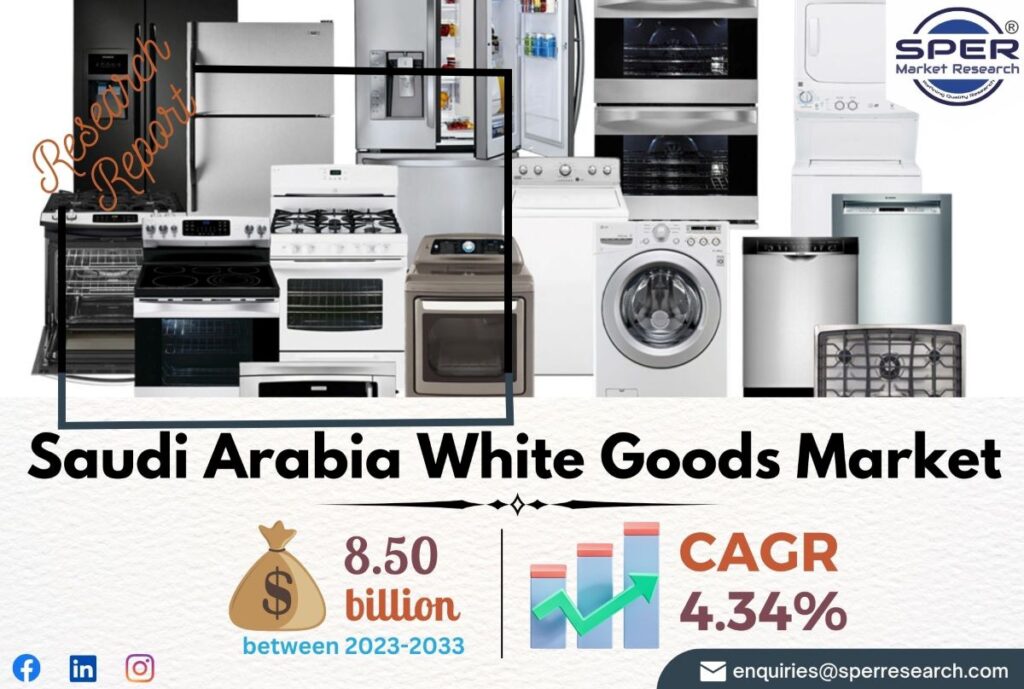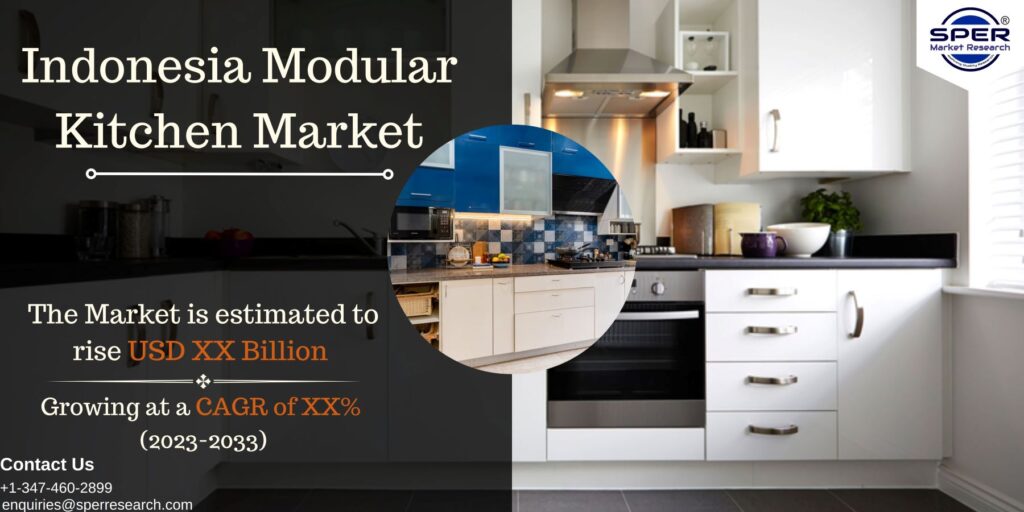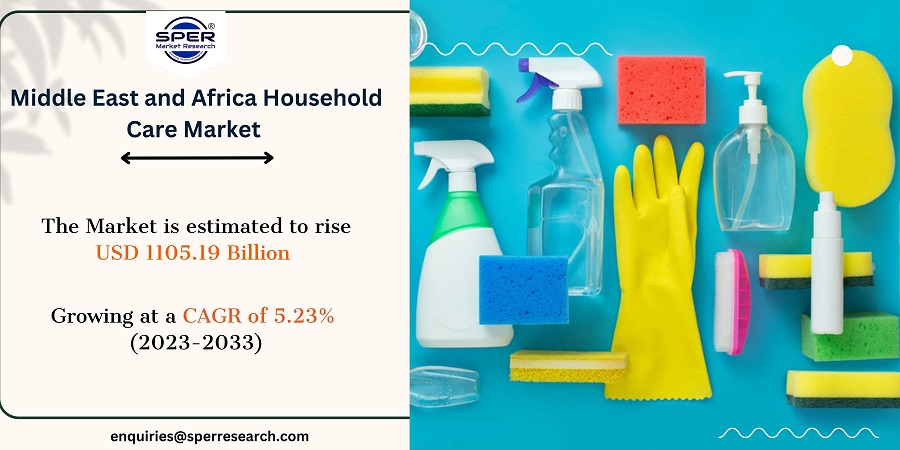When a large household appliance is often painted white or similar light colour, the term “white goods” is used. Most often used in household settings, these gadgets are essential for regularly taking care of a family. White goods are large equipment including air conditioners, refrigerators, washers, dryers, dishwashers, freezers, stoves, and ovens. They are designed to make a variety of household tasks simpler and more effective, including food storage, cooking, cleaning, and laundry. The term “white goods” originated from the widespread usage of appliances that were predominantly white in colour, however more current versions may come in a variety of hues and finishes. White goods are thought of as dependable and long-lasting investments for homes since they provide essential functions that increase the efficacy and comfort of daily living.
According to SPER market research, ‘Saudi Arabia White Goods Market Size- By Product, By Distribution Channel, By End User – Regional Outlook, Competitive Strategies and Segment Forecast to 2033’ state that the KSA White Goods Market is predicted to reach USD 8.50 billion by 2033 with a CAGR of 4.34%.
The government of Saudi Arabia is investing heavily in housing building, which creates chances for the white goods sector, and is one of the main drivers of the growth of the Saudi Arabian white goods market. Building new communities and housing developments increases the need for appliances. There is a rising desire for replacing old, obsolete appliances with newer, more contemporary ones, along with a growing middle-class population and rising disposable incomes. Even though enhanced white goods would cost more, consumers are prepared to pay more for more convenience, performance, and energy efficiency.
The Saudi Arabian White Goods Market, however, has difficulties since both domestic and foreign companies are vying for market supremacy. In order to stand out in the crowded market, manufacturers must distinguish themselves on the basis of product quality and features.
Request For Free Sample Report @ https://www.sperresearch.com/report-store/saudi-arabia-white-goods-market.aspx?sample=1
In addition, COVID affected the Saudi Arabia White Goods Market. First, disturbances in the supply chain for white goods led to delays in manufacture and difficulties satisfying customer demand. Lack of raw materials and components had an impact on the production process as a result of restrictions on international trade and the transportation of commodities. Second, the pandemic’s economic effects, which included lost jobs and lower wages, led to a reduction in consumer spending. Due to financial uncertainty, many consumers put off or skip buying white goods and other non-essential things. The profitability and sales of the white goods industry are impacted by this drop in consumer demand.
Overall, the domestic market in Saudi Arabia itself dominates the Saudi Arabia White Goods sector. The majority of the market share is held by Dammam and the Eastern Province, Jeddah, Makkah and Madinah, Riyadh, Other Regions. Additionally, some of the market key players are Al-Jazeera Home Appliances Company, Awal Gulf Manufacturing Co., Carrier Global Corporation, LG Electronics, Midea Group, Zamil Industrial including others.
For More Information, refer to below link:-
Saudi Arabia White Goods Market Future Outlook
Related Reports:
Follow Us –
LinkedIn | Instagram | Facebook | Twitter
Contact Us:
Sara Lopes, Business Consultant – U.S.A.
SPER Market Research
+1-347-460-2899









